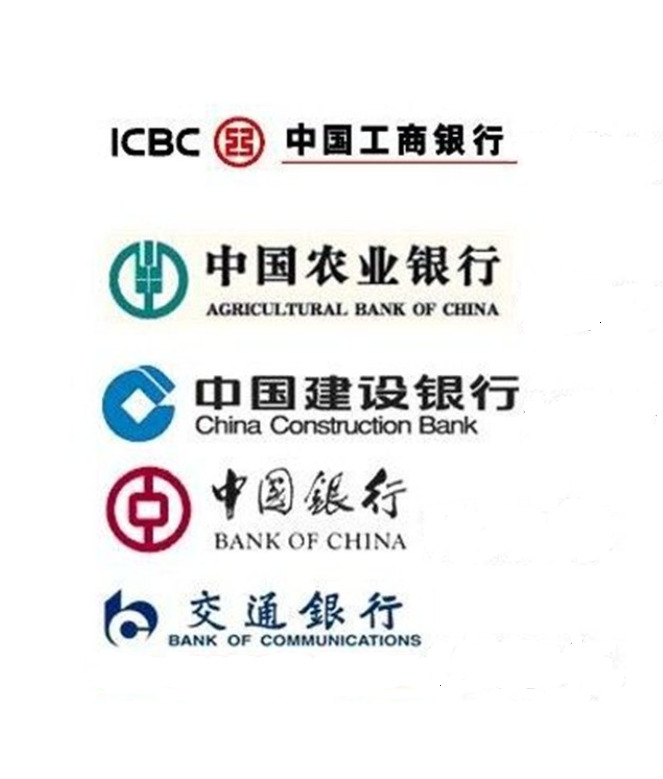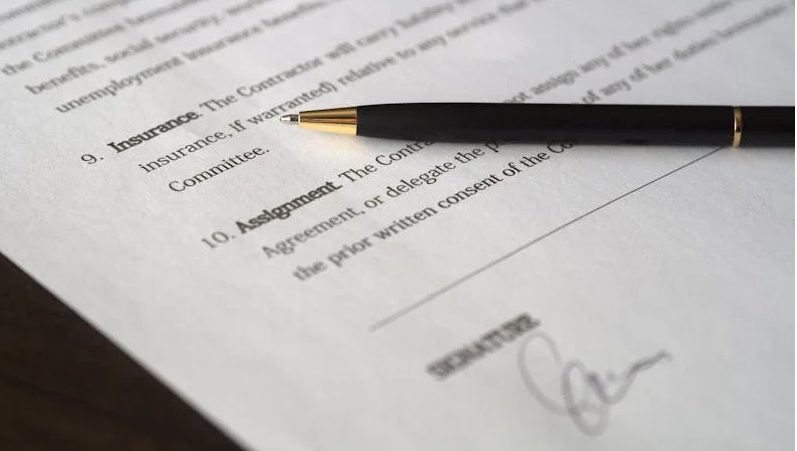Contents
Introduction:
In today’s globalized economy, more and more foreign companies and individuals choose to cooperate with Chinese businesses, whether for purchasing goods, paying for consulting services, or making investments. However, many foreigners encounter unexpected challenges when they try to pay a Chinese company by bank. Payments often get rejected, delayed, or even returned due to incomplete or incorrect information.
Unlike many other countries, Mainland China enforces strict China Foreign Exchange Control, which makes the process of paying a Chinese company more complex and prone to errors. This guide delves into the common pitfalls of cross-border payments and offers practical solutions based on real-life cases to help you navigate these challenges and ensure a smooth transaction when you pay a Chinese company by bank.
Why Do Foreigners Face Challenges When They Pay a Chinese Company by bank?
Firstly, when a Chinese company opens its first bank account, the English name it registers is approved by the central bank (PBOC) and becomes its official and consistent name across all bank accounts in China, ensuring uniformity in international transactions. Despite the seemingly straightforward nature of international payments, cultural, linguistic, and regulatory differences often lead to mistakes.
Here are the most common issues faced by foreigners when they try to pay a Chinese company:
Mismatch Between Chinese and English Company Names
A Chinese company’s legal name is always in Chinese, while its English name is typically used for international communication but is not legally binding. According to China’s Regulations on Enterprise Name Registration, English names are not standardized in the legal system and are usually chosen by the company itself.
Key Points:
- A Chinese company’s English name may simply be a translation of its Chinese name. However, the official English name registered with the bank is determined in consultation with the bank and may differ from what you find on external sources (e.g., websites or third-party databases).
- Legally, the Unified Social Credit Identifier (USCI) is the only unique identifier for a Chinese company. When you pay a Chinese company, USCI should always serve as your primary reference.
Solution: Before you pay a Chinese company, ensure you obtain the following:
- A copy of the company’s business license (including its legal Chinese name and USCI).
- Bank account details, including the English name registered with the bank.
Incomplete or Incorrect Bank Information
Chinese Bank information errors are one of the most common reasons payments fail. Missing or incorrect details, no matter how minor, can result in the rejection or delay of a payment.
Common Errors Include:
- Failing to include the bank’s SWIFT Code.
- Providing incorrect or unclear Chinese bank branch addresses.
- Mismatches between the recipient name and the name registered with the bank.
Case Study:
A Chinese company’s legal name in Chinese is “上海XXX进出口有限公司”. A German company, during payment, used the translated name “Shanghai XXX Import & Export Co., Ltd.” However, the official English name registered with the bank was “XXX Trading.” The mismatch caused the payment to be returned, delaying the transaction.
Solution: To successfully pay a Chinese company, make sure you confirm the following information:
- The full name of the bank and branch (e.g., “Industrial and Commercial Bank of China, Shanghai Branch”).
- The bank’s SWIFT Code.
- The recipient account number and name (must match exactly as registered).
- The recipient’s Unified Social Credit Identifier (USCI).
Mismatched Payer and Contract Signatory
When processing international payments, Chinese banks scrutinize the relationship between the payer and the contract signatory. If these do not match, the payment may be flagged for additional verification or documentation.
Case Study:
John Smith signed a consulting contract with a Chinese company in his personal capacity. However, the payment was made from his company account, “Smith & Charle LLC.” Since the contract did not clarify the relationship between John Smith and his company, the payment was temporarily held by the Chinese bank. Additional documents, such as an authorization letter, were required to verify the connection, causing delays.
Solution:
- Clearly define the relationship between the payer and the contract signatory in the contract.
- Provide a Payment Authorization Letter if the payer differs from the signatory.
What to Do If Errors Occur When You Pay a Chinese Company by bank?
Even with careful preparation, errors may still arise when you pay a Chinese company. Here are the most common mistakes and their solutions:
Incorrect Recipient Name
If the recipient name does not match the official name registered with the Chinese bank, the bank will typically issue an Inquiry Letter to the sending bank.
Solution:
- Contact your bank to understand the details of the inquiry.
- Provide the correct Chinese company name (in Chinese) and their USCI.
- If authorization is required, submit supporting documents such as a Payment Authorization Letter.
Tip: Always double-check all recipient details before initiating a payment.
Vague or Incorrect Payment Purpose
Chinese banks require precise payment purposes. Terms like “Invoice Payment” or “Service Fee” are often flagged for further clarification.
Solution: Use specific and detailed descriptions, such as:
- “Consulting Service Fee for Q4 2024.”
- “Payment for Invoice No. XXX-001.”
Using Third-Party Accounts
Some foreigners attempt to use third-party accounts (e.g., related companies or personal accounts) to make payments. This often leads to mismatches with the contract, triggering compliance reviews or even rejection.
Solution:
- Avoid using third-party accounts unless explicitly authorized in the contract.
- If necessary, provide supporting documents, such as a Payment Authorization Letter or supplemental agreements.
How to Avoid Errors When You Pay a Chinese Company by bank?
To avoid the above issues, follow these key steps:
- Obtain Complete Company Information
- Verify the company’s Chinese name and USCI through platforms like GWBMA.
- Request a copy of the company’s business license.
- Confirm the bank account details, ensuring they match the bank-registered English name.
- Clarify Contract Terms
- Clearly state the payer, recipient, and payment account in the contract.
- Include provisions for third-party payments, if applicable.
- Communicate with the Bank
- Confirm all bank details with the Chinese company before initiating the payment.
- In case of issues, work closely with both the sending and receiving bank。
- Ensure the invoice
- The recipient’s Chinese and English names.
- Accurate bank account information.
- A clear payment purpose.
Conclusion:
Every detail matters when you pay a Chinese company by bank. Even small errors can lead to delays or rejections. By thoroughly verifying all information, maintaining clear communication, and following the guidelines outlined in this article, you can ensure smooth and successful payments. Paying a Chinese company by bank doesn’t have to be a hassle when you’re fully prepared!




